The Urban Water Cycle
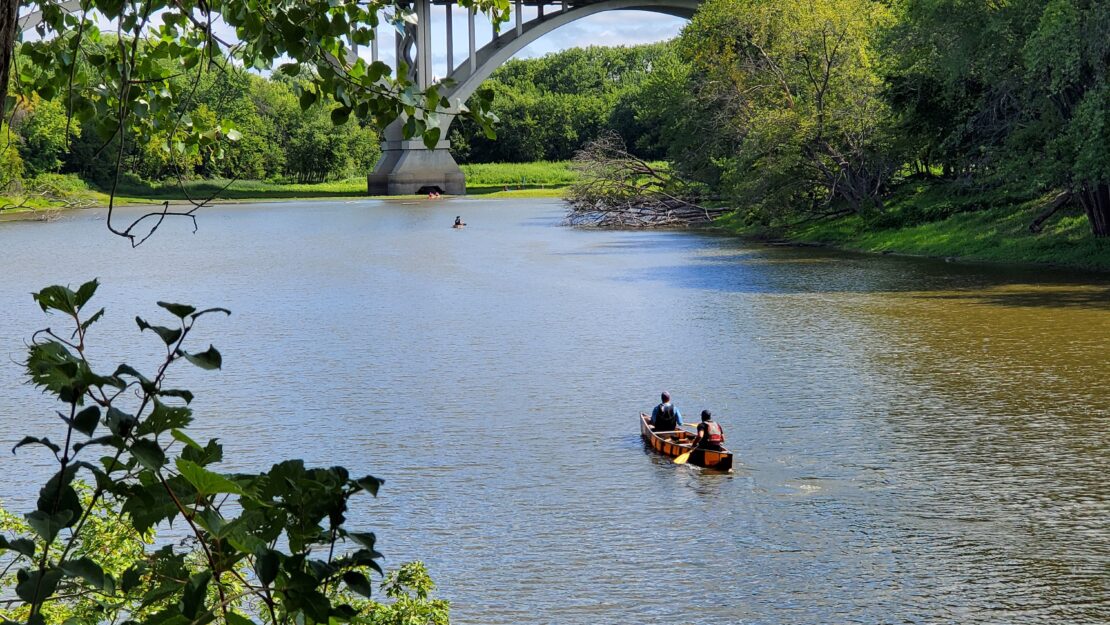
By Clara Brown, Fort Snelling Visitor Services Specialist Individual Placement / AmeriCorps Member placed at Fort Snelling State Park, Minnesota Department of Natural Resources
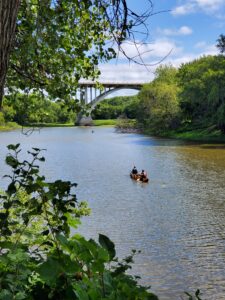
When you turn on your tap where does that water come from? And, once it goes down the drain, where does it go? While many people learn about the natural water cycle in school, the urban water cycle is a little less well known. However, knowing where your water comes from and what happens to it after you use it is important and can help you make informed decisions about how you use water.
Step one: Water Abstraction
In Minneapolis and St. Paul, most of our water comes from the Mississippi River. The city of Minneapolis alone pumps approximately 21 billion gallons of water from river each year for drinking!
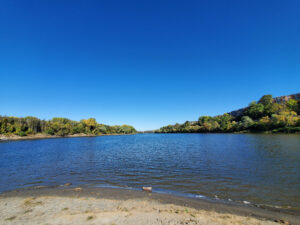
Step two: Treatment
Once the water is removed from the river it is taken to treatment facilities where it is softened with calcium and aluminum sulfate to remove minerals, filtered, disinfected, and treated with fluoride and lead protectant.
Step three: Storage and Distribution
Once the water is ready to drink it is pumped around the city and stored in water towers. Once the water is in the towers, gravity pushes the water down which creates the water pressure that you experience at home.
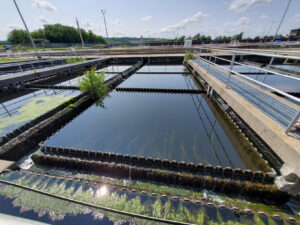
Step four: Usage
This is where you come in, every time you turn on your tap at home this is the water that comes out!
Step five: Wastewater Collection
After the water goes down your drain it is transported to places like one of the Metropolitan Council’s nine wastewater treatment plants using large sewer pipes under our streets. These pipes range in size from 9 inches to 14 feet in diameter!
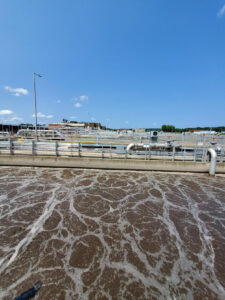
Step six: Wastewater Treatment
The Met Council’s sewer treatment systems treat 250 million gallons of wastewater every day! This process starts with preliminary treatment where a bar screen takes large objects (like wipes, clothing, and other pieces of trash) out of the wastewater. The next step is primary settling where wastewater goes into a large tank to slow the flow down. Heavier materials like sand and food particles settle out of the water into the bottom of the tank and floatable solids like grease and oil are skimmed from the top. After primary settling the wastewater moves on to secondary treatment. In this phase oxygen is pumped into the remaining wastewater and solids creating conditions for good bacteria to grow. These bacteria eat pollutants like phosphorus and ammonia, removing them from the water. Once the bacteria eats what it can, the water moves to final settling where the water slows down again and any remaining solids sink to the bottom. All the solids that have been collected are sent to an incinerator and burnt. Finally, the water moves to a channel where chlorine is added to remove any disease-causing organisms.
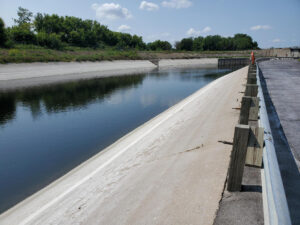
Step seven: Release
Right before the water leaves the wastewater treatment plant, sodium bisulfite is added to eliminate the chlorine. Now that the water is cleaned it is returned to the Mississippi River!
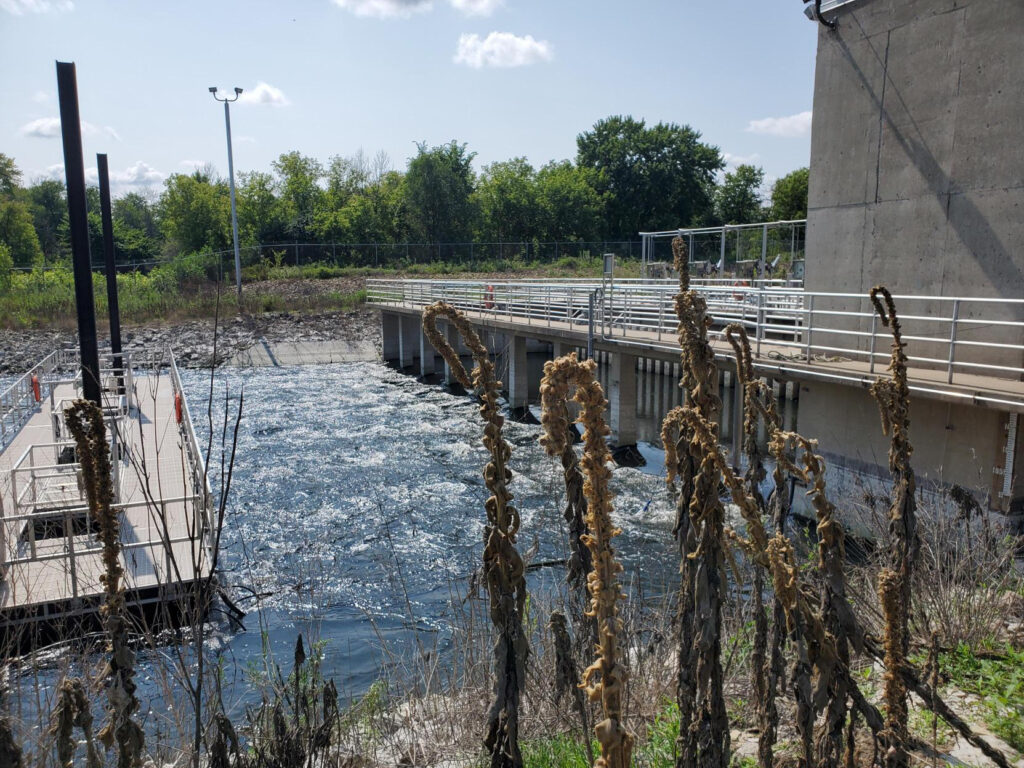
Resources:
- Water Treatment in Minneapolis
- Interactive Urban Water Cycle
- How the Urban Water Cycle Works
- How water towers work
- Metropolitan Council Wastewater treatment
- How water gets clean again